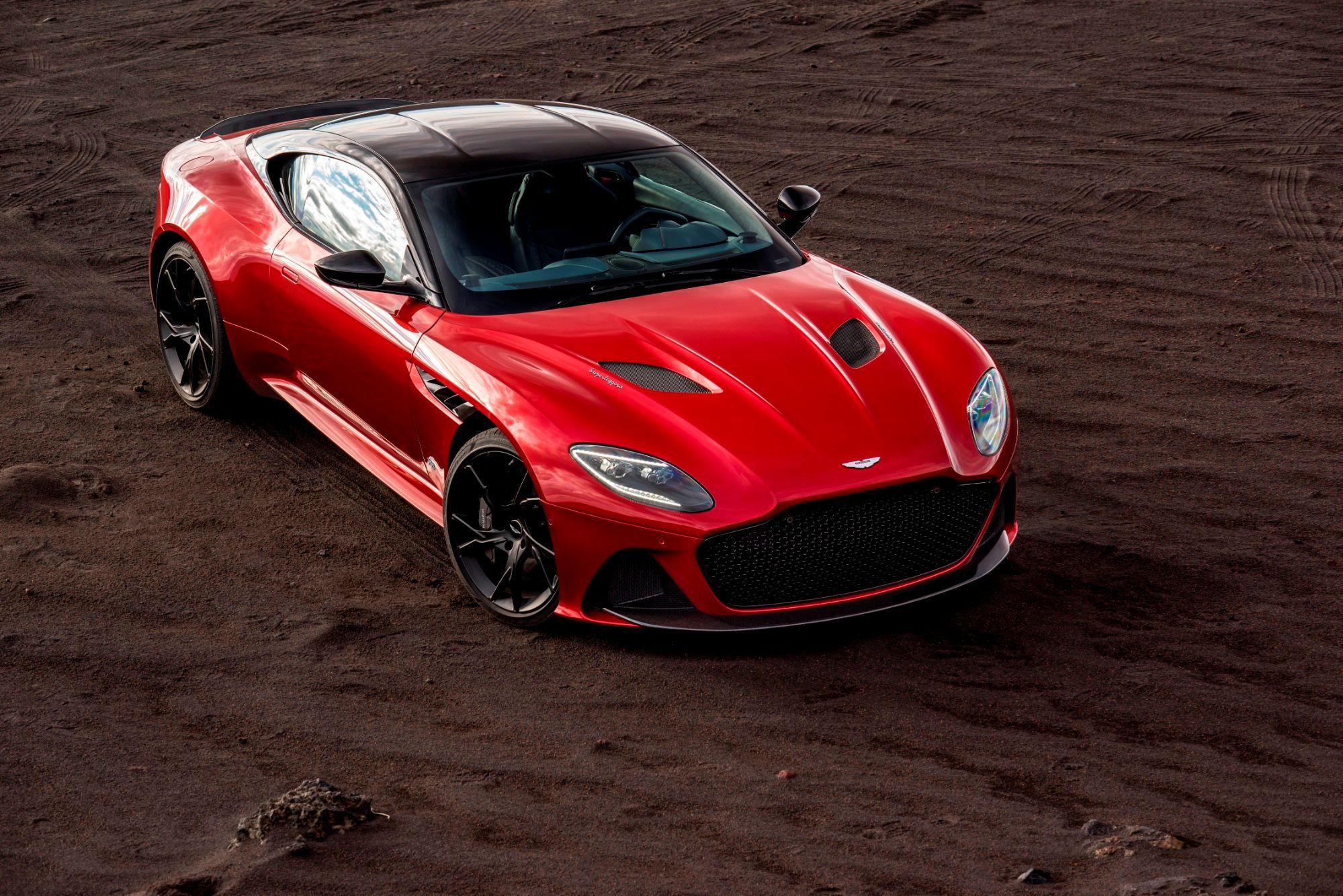
Continuation models are the latest hot thing for manufacturers with a back-catalog of incredible classics, allowing them to effectively sell old cars for mega-money. But unlike some who merely manufacture a car to its original specifications, the remarkable Aston Martin DB5 Goldfinger Continuation takes the concept one step further, equipping the classic with all the tools and gadgets used by the DB5 in the James Bond film Goldfinger. Just 25 will be built at a price of $3.5 million each - 10 times the price of a DBS Superleggera - but with many of these going to private collectors all over the world, the chances of gathering even a few of these in one place are remarkably slim.
To celebrate the success of the continuation series and the forthcoming James Bond film, No Time To Die, Aston gathered five of these special cars together for a very special photoshoot.
55 years after the last DB5s rolled off the Newport Pagnell production line in 1965, the DB5 Goldfinger Continuation continues the legacy of the icon and its association with 007. Originally announced in May last year, the DB5 Goldfinger entered production almost exactly a year later. In consultation with 007 special effects master, Chris Corbould OBE, a range of gadgets that Bond himself would've used were expertly packaged into the DB5's iconic design.
The gadgets include rotating license plates, rear smoke and oil-slick delivery systems (non-functional, of course), front and rear battering rams, faux tire slashers, and twin front machine guns.
Another option, which all five of these cars are equipped with, is the removable roof panel to allow for the operation of the movie car's ejector seat, operated by a "little red button" under the gear lever. Think we're joking? In the words of Q, I never joke about my work, 007. Many of these features are displayed in the choreographed shoot that the late Sean Connery would no doubt have been thrilled with.
Being a continuation model, all the original manufacturing techniques and materials were used, including aluminum body panels and a steel chassis, with all 25 units finished in Birch Silver.
Powering the DB5 Goldfinger is a 4.0-liter six-cylinder engine without forced aspiration, generating 290 horsepower. A ZF five-speed manual acts as an intermediary as these outputs are directed to the rear wheels, where a limited-slip differential helps put the power down. Stopping power, meanwhile, is generated by steel disc brakes, while a coilover suspension ensures that the Goldfinger would handle suitably… provided it were street legal. That's because, despite being built in both left- and right-hand drive configurations, the cars are not street legal. So, while functional, you'll likely only ever see them as static show cars being towed to an event, provided they ever leave the sheltered homes they head to.
